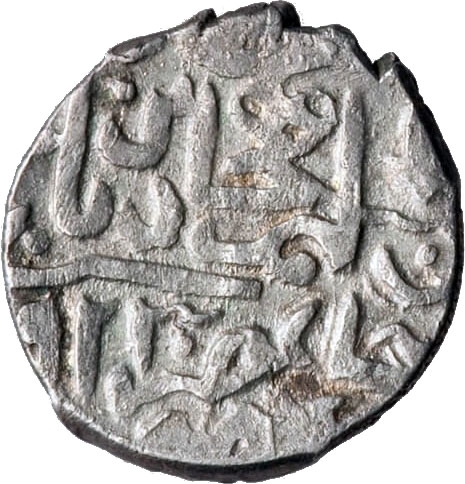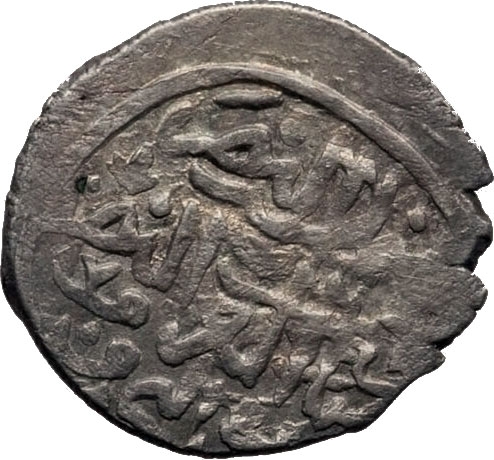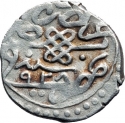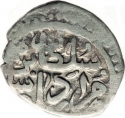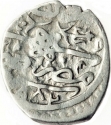You are about to finish your registration. Please check your mailbox (including spam folder). There should be a letter with a confirmation link. Check setting to make sure that your e-mail address is correct.
Send letter againDescription
Selim I (1470–1520), known as Selim the Grim or Selim the Resolute (Turkish: Yavuz Sultan Selim), was the Sultan of the Ottoman Empire from 1512 to 1520] Despite lasting only eight years, his reign is notable for the enormous expansion of the Empire, particularly his conquest between 1516 and 1517 of the entire Mamluk Sultanate of Egypt, which included all of the Levant, Hejaz, Tihamah and Egypt itself. On the eve of his death in 1520, the Ottoman Empire spanned about 3.4 million km2 (1.3 million sq mi), having grown by seventy percent during Selim's reign.
Selim's conquest of the Middle Eastern heartlands of the Muslim world, and particularly his assumption of the role of guardian of the pilgrimage routes to Mecca and Medina, established the Ottoman Empire as the pre-eminent Muslim state. His conquests dramatically shifted the empire's geographical and cultural center of gravity away from the Balkans and toward the Middle East. By the eighteenth century, Selim's conquest of the Mamluk Sultanate had come to be romanticized as the moment when the Ottomans seized leadership over the rest of the Muslim world, and consequently Selim is popularly remembered as the first legitimate Ottoman Caliph, although stories of an official transfer of the caliphal office from the Mamluk Abbasid dynasty to the Ottomans were a later invention.
The Eyalet of Egypt operated as an administrative division of the Ottoman Empire from 1517 to 1867. It originated as a result of the conquest of Mamluk Egypt by the Ottomans in 1517, following the Ottoman–Mamluk War (1516–17) and the absorption of Syria into the Empire in 1516. Egypt always proved a difficult province for the Ottoman Sultans to control, due in part to the continuing power and influence of the Mamluks, the Egyptian military caste who had ruled the country for centuries.
Obverse

|
Tughra in Selim I name, "Sultan Selim I Khan ibn Bayezid II Khan", Ottoman Turkish legend "Struck in Egypt" and the accession year in Hejira (AH923) below. سليم خان بن بايزيد خان |
|---|---|
Reverse

|
Arabic legend with the year of the Sultan's reign below: Striker of victory, the owner of the glory and victory on land and sea. ضارب النصر |
| Edge |
